Вы здесь
History of Ulytau
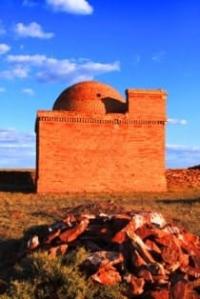
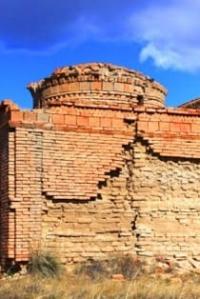
Excursion tours to Ulytau mountains.
“Ancient aphorisms outlived centuries. Modern aphorisms can barеly survive from book to book”
Ljupka Cvetanova.
Trip to Ulytau.
Ulytau in translation from the Kazakh language - Great mountains. The Ulytau mountain system is visible for many kilometers. The highest point - the peak of Aulie-tau - is very reminiscent of the image of the “World Mountain”.
One of the largest workshops of the Paleolithic era, located near the Dusen Mazar on the banks of the Karakengir River, impresses with its scale. The silent witnesses of the Stone Age - Zhetykonur - were the subject of many years of research by archaeologists.
Monuments of the Bronze Age - settlements, necropolises and majestic mausoleums of the Begaz-Dandybaev culture were found in all river valleys. The royal burial places of Aybas-Darasy, Uytas-Aydos, Akoba, Taldyssai attract the eyes of numerous scholars and researchers of cultural monuments.
Mounds near the village of Kurgasyn and the Karaoba mound near the Terisakkan River have been a guide for travelers for more than two and a half millennia. An amazing attraction of Ulytau are the mounds. Their riddle has not yet been solved.
This is either a type of tombstone, or an ancient observatory, or a ritual complex, or maybe all taken together. In the classical version, such monuments are always facing east, and some of them preserved in Ulytau amaze with a variety of orientations, forms and quantity.
The mounds of the Hunnic era towering in the flat parts of picturesque tracts amaze with their majesty and beauty. In these places you can find traces of cultures of the ancient Turks, Oguzes of the Kipchaks. The Turkic memorial fences with stone sculptures in the mountains of Arganaty, Kishitau, in the Tleugabyl gorge, in the Korgantas tract were perfectly preserved. The length of the rows of some stone sculptures, also called balbals, reaches 250 meters.
The scale of mining metallurgical activity of the ancient inhabitants of Ulytau is still surprising the scientific world. Many mines and quarries, metallurgical furnaces and forms testify that three thousand years ago, local tribes exported copper, tin, silver and gold to Iran, India, Greece and other countries.
We find confirmation of this in the writings of the “father of history” Herodotus. Such metallurgical centers as Yelukudyk and Sorkudyk, which arose in the Bronze Age, were used until the late Middle Ages. One of the sights of the original culture of Ulytau are entire galleries of cave paintings of ancient artists.
Scenes of everyday life and hunting, an amazing animal world, pictures depicting the worldview of ancient people are captured by the chisel of the first creators on the granite rocks of Terekty-aulie, Zyngyr-tas, Arganaty along the banks of the Baikonyr, Tamdy, Zhangabyl, Zhetykiz rivers.
In the Middle Ages, this region was called Desht-i-Kipchak (translated from Arabic - the country of Kipchaks), the territory of which was divided between large tribal associations of Kipchaks, Kimaks, and great Oguzes. Ulytau never belonged only to a tribe or clan.
This fertile land was a favorite place of khans of nomadic tribes, was considered a sacred, reserved corner at all times. It is no coincidence that the eldest son of Genghis Khan, Zhosha Khan, formed his headquarters here. Batuhan’s childhood passed here.
In Ulytau, there are many architectural monuments associated with the house of Genghisides: Mazars of Zhoshi Khan, Kutluk-Temir, Bolgan-ana, Kulan-ana, Kelin-tam. In these steppes the famous kyu “Aksak Kulan” (XIIIth century) was born, which informed Genghis Khan, according to legend, about the death of his son Zhosha.
In the 14th century, a mazar was erected over the grave of Alash Khan, one of the founders of the Turkic tribes, who supposedly lived in the VIIth - VIIIth centuries. On one of the peaks of the Ulytau mountains lies the remains of the great commander, politician and speaker, the emir of the Golden Horde Edyge, whose legendary name is mentioned in the heroic tales and epics of the peoples of Altai, the Urals, the North Caucasus, Crimea and Uzbekistan.
The restless khan of the Golden Horde Tokhtamysh wished to stay forever in the Ulytau mountains. According to academician Alkey Margulan, a connoisseur of Ulytau history, the powerful king of Turan Afrasiab also spent the last days of his life in Ulytau.
On the Altynshoky mountain, on a stone slab, the almighty Tamerlan left a memory of his stay in Ulytau. The bizarre granite rocks of Ulytau are remembered by both the Bukhara Khan Abdallah and the Kokand warriors Khudoyar Khan.
The spring water of Ulytau was drunk by many medieval European and Russian ambassadors heading to the main headquarters of the Mongols of Karakorum. Biographies of historical figures such as Ketbuga, Akzhol bi Kerey, Zhanibek, Kasym, Tauke, Barak, Kuchum, Abylay, Abulkhair, Kazybek bi and many others are associated with the name Ulytau.
Ulytau is the geographical center of Kazakhstan. On the map you will find that it is at an equal distance both from north to south, and from east to west of Kazakhstan. Apparently, this explains the fact that it was a strategically convenient base for gathering troops and dispersing them on pastures with numerous springs around the Ulytau mountains.
During the years of the "nationwide disaster" ("Ak-Taban Shubyrynda") Ulytau became famous for the fact that in the southwestern part of it, the combined forces of the Kazakh clans rebuffed the Dzungars for the first time.
Since then, this tract is called Kalmakkyrgan, which means "the place where the Dzungars were defeated." The rebellious great mountains of Ulytau, and during the years of tsarist colonial policy, remained a hotbed of resistance and independence.
Evidence of this is the uprising of Genghis Kenesary Kasimov in the middle of the XIX century, our fellow countrymen Amangeldy Imanov and Alibi Dzhangildin in 1916 - 1917. The convenient geographical position of Ulytau is also indicated by the fact that one of the main branches of the Great Silk Road - the so-called “Sarysuysky” or “copper” route - passed through Ulytau from Central Asia to Siberia. Confirmation are dozens of caravanserais, fortified settlements, feudal castles, guard towers located along the caravan routes.
Urban culture, craft, trade developed intensively there, as evidenced by the results of archaeological research on the sites of Baskamyr, Zhoshy-horde, Ayakkamyr, and the Horde Bazaar. Scientists suggest that this trade route arose long before the Great Silk Road and existed until the thirties of our century, which undoubtedly influenced the development of the culture of this region.
Nature did not stint as well, having endowed this land with innumerable treasures, about which Firdousi wrote in his poem - the epic “Shahname”. The unique landscapes of Ulytau are described in their travel notes by an Arab traveler of the XIth century al-Idrisi.
There is a mention of Ulytau in the Kazakh folk tale "Er-Toastik". As you know, the "steppe philosopher" Asan-Kaigi traveled to many corners of Saryarka to find the best land for his people, but he stopped his gaze on Ulytau.
Academician Kanysh Satpayev named the pearl of Kazakhstan the Ulytau steppes, because almost all elements of the periodic table were found in the bowels of the Ulytau region. It is noteworthy that the epoch-making event of the century - man’s flight into space - is also associated with Ulytau, the Baikonur valley.
Ulytau, although it resembles the resort places of Kokshetau, Bayanaul, Karkaraly with its relief and aspen-birch pegs, but above all, it is the historical center of Kazakhstan. It is no coincidence that during the days of the World Kurultai of Kazakhs, the forum participants first of all wished to visit this national shrine of the Kazakh people. In those days, the President of Kazakhstan N.A. Nazarbayev took part in the establishment of a memorial sign to commemorate the historical role of Ulytau in the formation of Kazakh statehood.
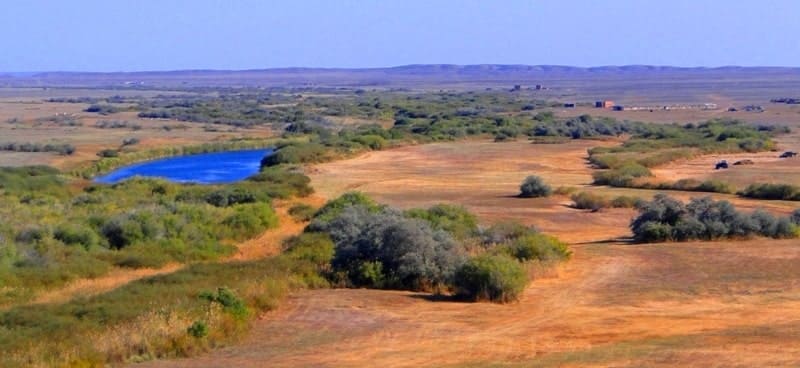
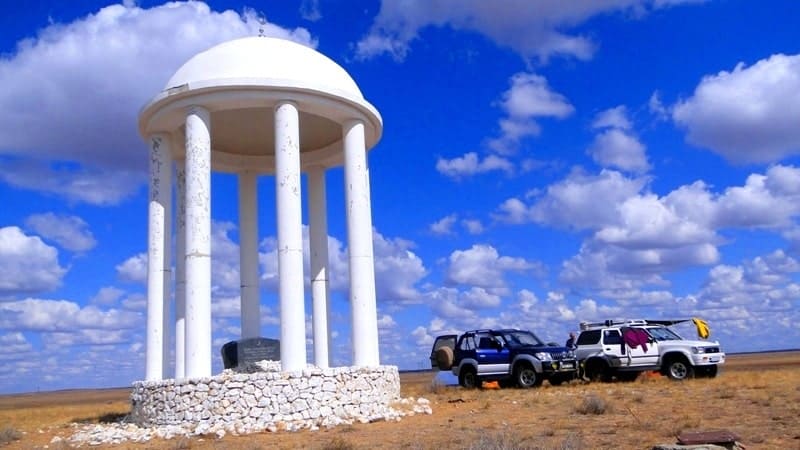
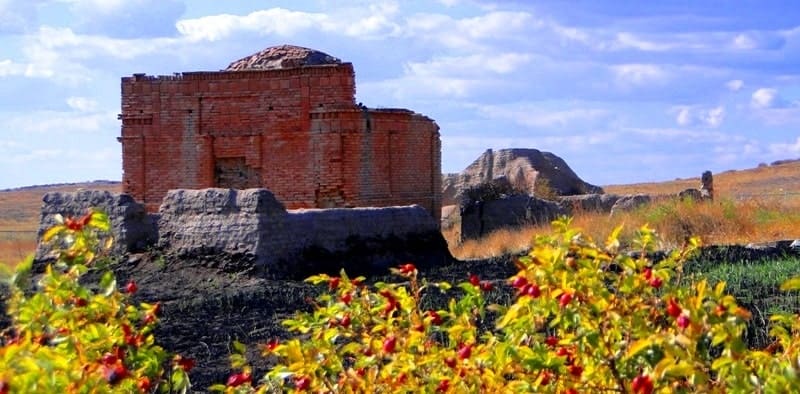
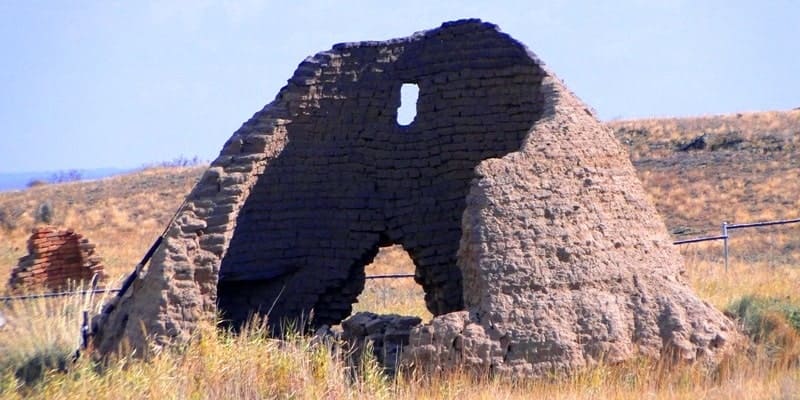
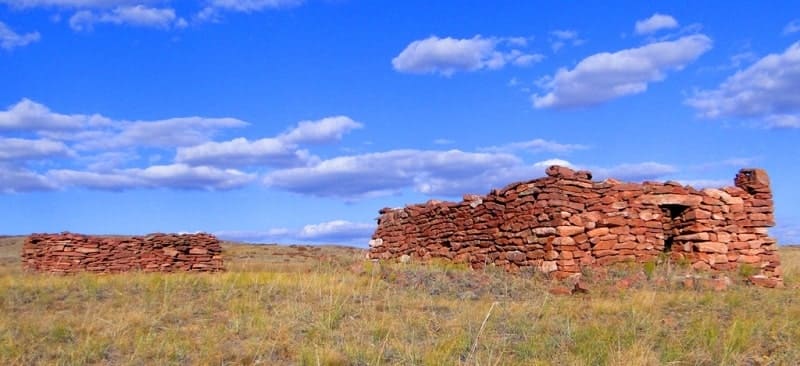
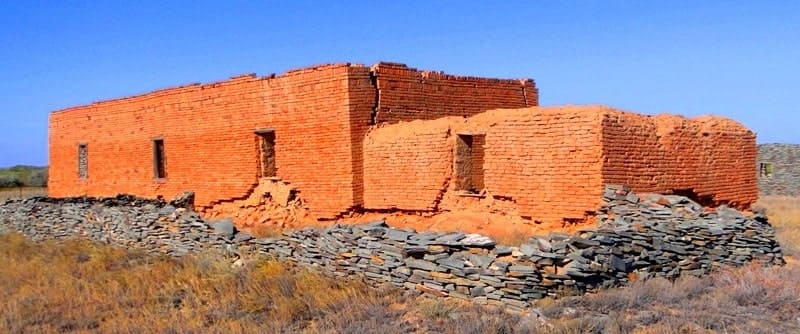
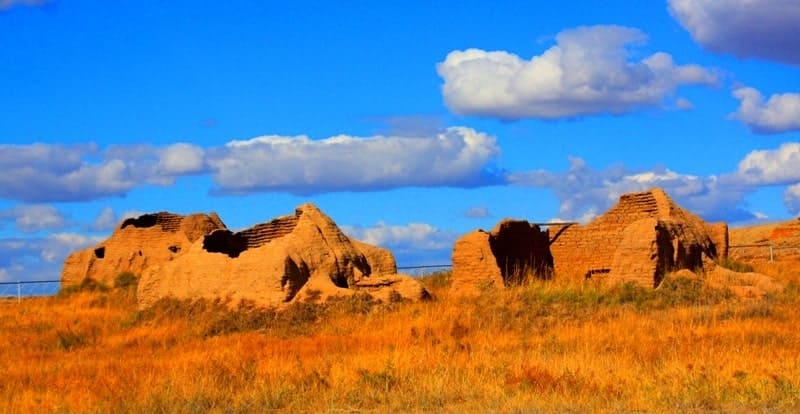
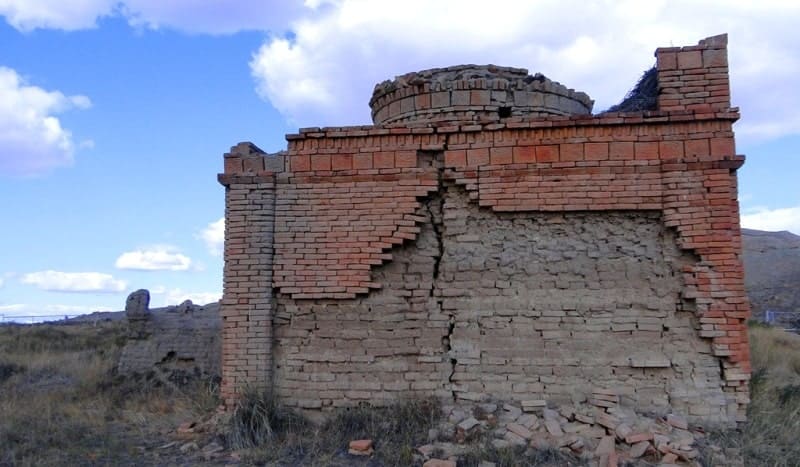
Authority:
B. S. Kozhakhmetov
Photos by:
Alexander Petrov.







